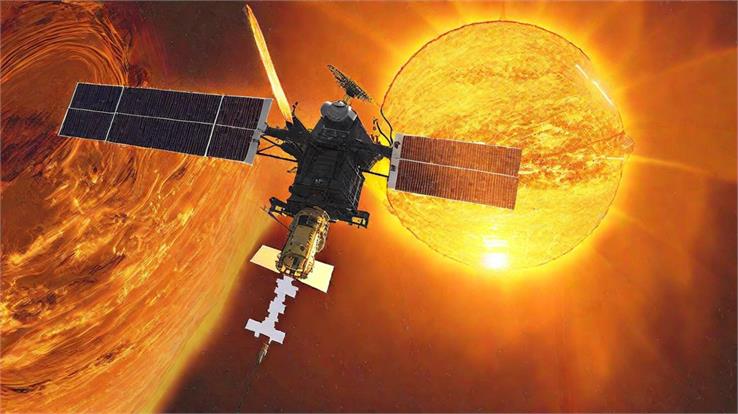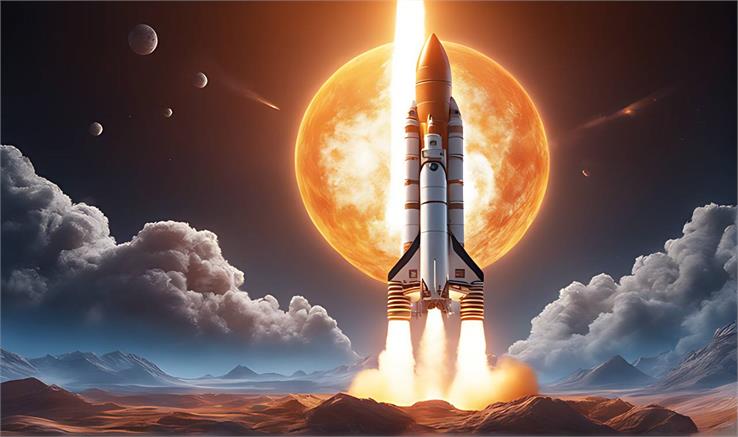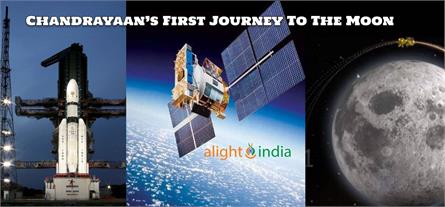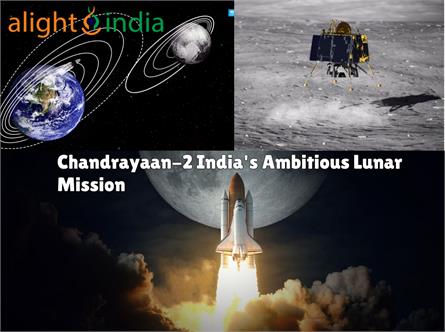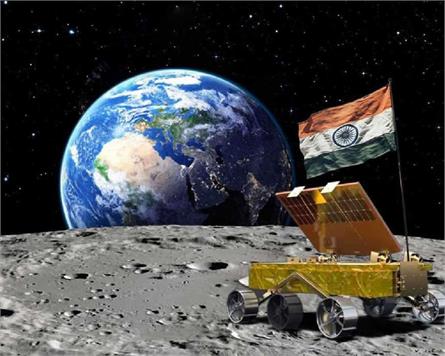India's Aditya-L1 Mission, 2023 | Unlocking The Mysteries of The Sun!

In the vast expanse of our solar system, where the relentless brilliance of the Sun reigns supreme, a remarkable endeavor has taken flight. The Indian Space Research Organisation (ISRO) embarked on a groundbreaking mission named Aditya-L1, a spacecraft dedicated to studying the enigmatic solar atmosphere. This mission, launched with the celestial blessings of the Sun god Surya and the precision of Lagrange Point 1 (L1), promises to unravel the secrets of our nearest star.
Also Read: India’s First Moon Mission Chandrayaan-1
Aditya-L1 | Journey to the Sun's heart | Discover India's mission to unlock solar secrets & understand the dynamics of our cosmic neighborhood!
Aditya-L1, whose name derives from the Sanskrit word "Aditya," meaning "Sun," and the designation "L1," signifying its location at Lagrange Point 1, is a testament to India's commitment to advancing space science. The mission's primary objective is to orbit approximately 1.5 million kilometers from Earth, settling into a stable halo orbit around L1, which lies between the Earth and the Sun.
The spacecraft launched aboard the PSLV (Polar Satellite Launch Vehicle) C57 on September 2, 2023, is India's inaugural mission dedicated to the Sun. It marks another remarkable achievement for ISRO, following closely on the heels of the successful landing of Chandrayaan 3 on the lunar surface.
Also Read: Chandrayaan 2 ISRO's Ambitious Endeavor
Scientific Objectives of Aditya L1
Aditya-L1 is equipped with a suite of seven cutting-edge scientific payloads, each designed to address key questions about the Sun and its influence on our environment. Its core scientific objectives encompass:
1. Observation of the Dynamics of the Sun's Chromosphere and Corona
Aditya-L1 aims to capture intricate details of the ever-changing solar chromosphere and corona.
2. Studies of Chromospheric and Coronal Heating
The mission seeks to delve into the mechanisms behind the heating of these solar layers, a puzzling phenomenon with the upper atmosphere reaching temperatures of a staggering 1,000,000 K while the lower atmosphere remains at 6,000 K.
3. Exploration of Partially Ionized Plasma
Aditya-L1 will unravel the mysteries of partially ionized plasma and its role in solar dynamics.
Also Read: The Remarkable Journey of Chandrayaan-3
4. Investigation of Coronal Mass Ejections (CMEs)
The spacecraft will trace the origins of CMEs, which can significantly impact space weather.
5. Probing the Coronal Magnetic Field
Aditya-L1 will study the complex magnetic field of the solar corona, shedding light on its behavior and interactions.
6. Observation of the Physical Particle Environment
The mission will characterize the particle environment surrounding its position, providing invaluable data for understanding space weather.
7. Determining Solar Eruption Processes
Aditya-L1 aims to decipher the events leading to solar eruptions by examining the layers below the solar corona.
Historical Evolution
Aditya's journey began in January 2008 when it was conceived by the Advisory Committee for Space Sciences (ADCOS). Initially envisioned as a small satellite in a low Earth orbit with a coronagraph to study the solar corona, it has since evolved into a comprehensive solar and space environment observatory at L1.
The mission was renamed "Aditya-L1," its scope expanded to encompass a broader range of scientific objectives. As of July 2019, the project had a budget of ₹378 crores, excluding launch costs, reflecting India's dedication to scientific exploration.
Unlocking Solar Mysteries
Aditya-L1 represents a crucial step in understanding our Sun's intricate processes and its profound influence on our planet. By capturing near-simultaneous images of various layers of the solar atmosphere, this mission promises to elucidate the transfer of energy within the Sun and its impact on Earth's atmosphere.
On this remarkable journey to unlock the Sun's secrets, Aditya-L1 stands as a testament to human curiosity, ingenuity, and our unyielding quest for knowledge in the boundless expanse of space. In its radiant light, we find answers to age-old questions and the promise of a deeper understanding of our cosmic neighborhood.
